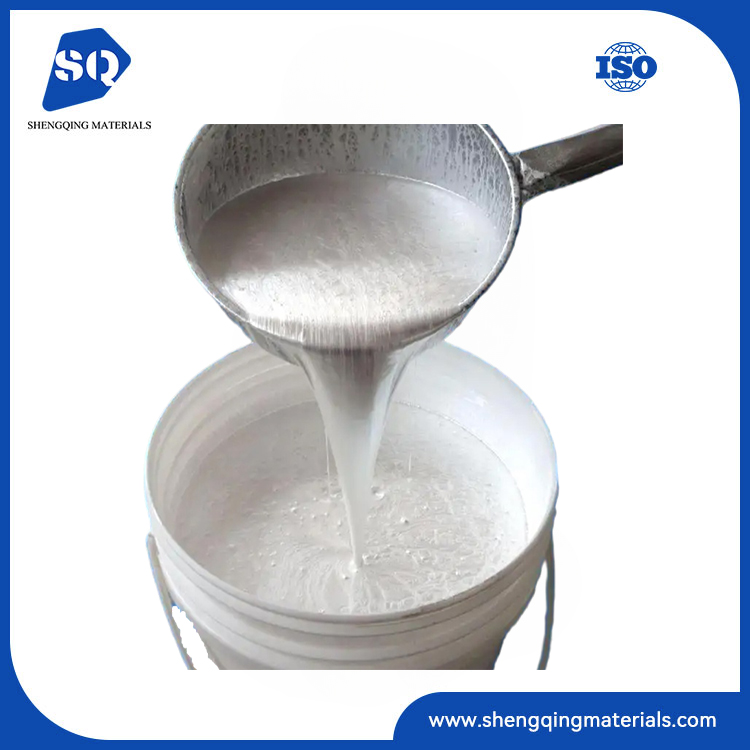Pearlescent Agent: Bringing Shine and Elegance to Modern Materials
2025-05-20
In the world of color and surface finishes, few additives deliver the striking beauty and shimmer of a pearlescent agent. Often used to achieve a lustrous, iridescent, or pearl-like effect, pearlescent agents are widely applied in industries such as cosmetics, plastics, automotive coatings, and packaging. Their unique light-reflecting properties elevate the visual appeal of everyday products, transforming them into eye-catching creations.

What Is a Pearlescent Agent?
A pearlescent agent is a pigment or additive used to create a shiny, pearl-like visual effect on surfaces. It works by reflecting and refracting light, producing depth, color shifts, and subtle shimmering. These agents often contain mica, titanium dioxide, or other mineral-based compounds coated with metallic oxides.
How Pearlescent Agents Work
Pearlescent effects are achieved through interference of light. When light hits the thin layers of a pearlescent agent, it is partially reflected and refracted multiple times. The overlapping light waves produce a variety of optical effects—such as sparkle, luster, and iridescence—that change depending on the viewing angle and lighting conditions.
Common Applications
1. Cosmetics
Used in eyeshadows, nail polishes, lipsticks, and foundations for a radiant glow or shimmering effect.
Safe for skin and available in various colors and particle sizes.
2. Plastics and Polymers
Added to plastic resins (like PP, PE, PVC, or PET) to give products an elegant sheen.
Common in packaging, toys, containers, and home appliances.
3. Automotive Finishes
Enhances vehicle coatings with a metallic, luxurious finish.
Can be layered with other pigments for custom paint effects.
4. Printing Inks and Coatings
Used in decorative prints, product labels, greeting cards, and book covers.
Helps products stand out on the shelf.
5. Textiles and Fashion
Applied to synthetic fibers or coatings to add sparkle to clothing, accessories, and fabrics.
Types of Pearlescent Agents
Natural Mica-Based: Traditional choice, offering soft shimmer and natural origin.
Synthetic Fluorophlogopite (Synthetic Mica): High purity, brightness, and color consistency.
Glass Flake-Based: Provides high gloss and strong sparkle for premium applications.
Silica-Based: Offers matte pearlescent effects and a silky finish in cosmetics.
Benefits
Aesthetic Appeal: Creates premium, eye-catching surfaces.
Color Variety: Available in white, gold, bronze, silver, rainbow, and interference colors.
Chemical Stability: Resistant to light, heat, and chemical reactions.
Versatile Compatibility: Usable in water-based, solvent-based, and oil-based systems.
Considerations for Use
Particle Size: Affects the shimmer intensity and smoothness of the finish.
Dispersion: Must be well-dispersed to avoid uneven effects.
Layering: Multiple layers or clear coats can enhance the final look.
Regulatory Compliance: Especially important in food contact, cosmetic, or medical uses.
Conclusion
A pearlescent agent is a powerful tool for adding elegance and distinction to products across many industries. Its ability to reflect and refract light brings surfaces to life, offering an aura of sophistication and luxury. Whether in cosmetics, packaging, or automotive design, pearlescent agents continue to shape modern aesthetics with their captivating charm.


